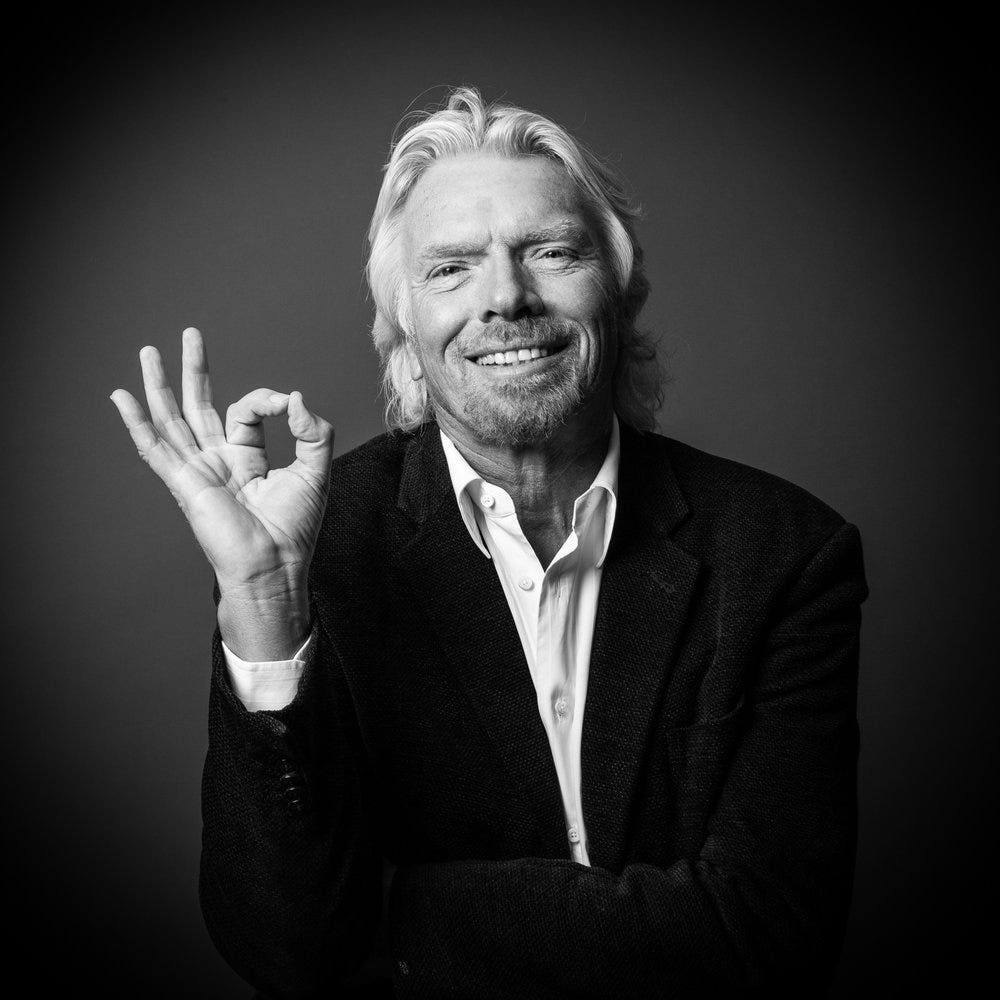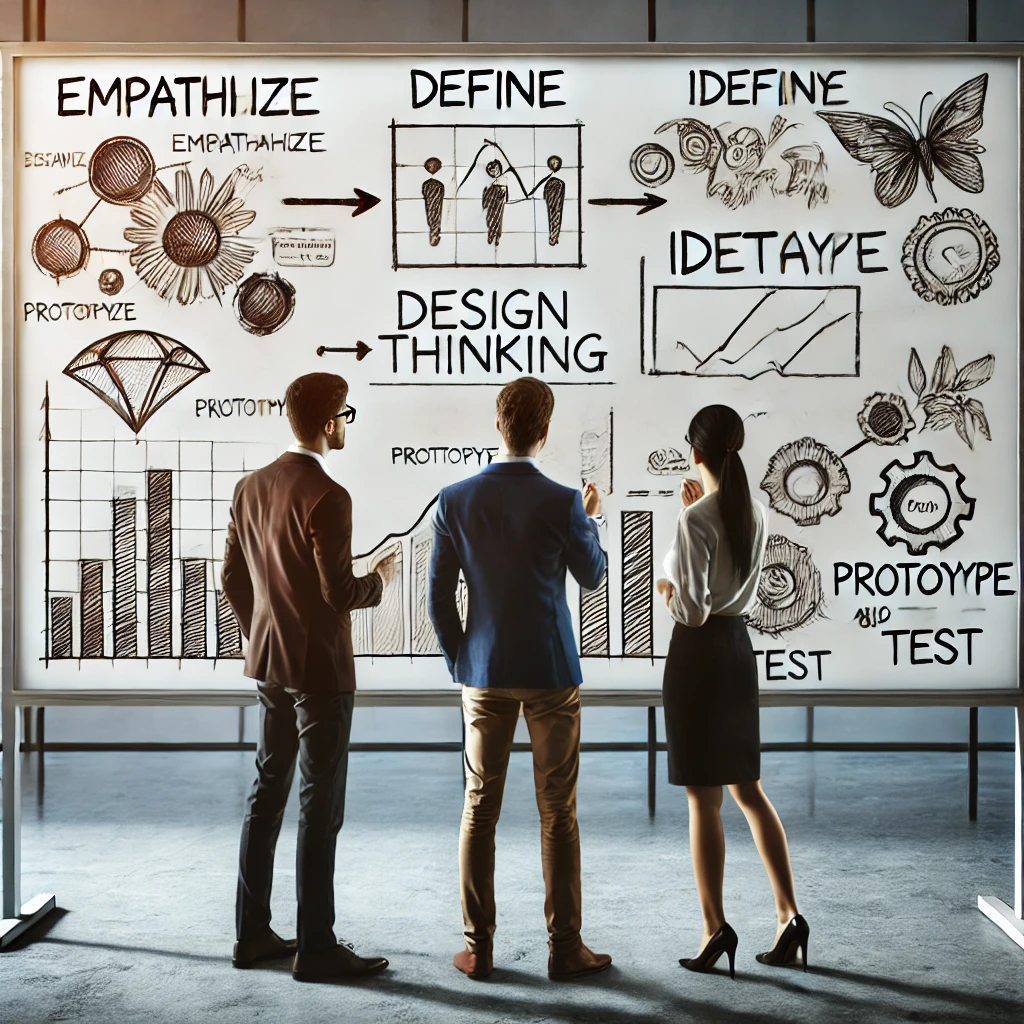Having Drive: What It Is, How to Measure It, and How to Grow It

What does it really mean to “have drive”? In this article, we explore the psychology behind drive, how it can be measured, and what individuals, leaders, and organisations can do to strengthen it. Backed by research and real-world insights, this guide breaks down the core elements of drive—and how to unlock it for better performance, motivation, and personal growth.
Unlocking Success Through Trustworthy, Structured, and Engaged Leadership

Great leadership is about trust, vision, and creating the right conditions for success. My approach combines structured goal-setting, engagement, and agility, ensuring that teams can work effectively and independently while staying aligned with the overall strategy.
By removing obstacles, fostering collaboration, and embracing Agile methodologies, I empower teams to solve problems, innovate, and achieve outstanding results. I believe in setting a clear direction from the start, making decision-making easier at all levels.
My contribution to early product or service development

Driving innovation requires structured exploration and execution. I lead Design Thinking workshops to refine requirements, question assumptions, and uncover new opportunities. By setting clear goals, I ensure projects start with the right focus. Using Miro, Atlassian, and Scrum, I turn insights into actionable strategies that create real business value.
Likeable leader

Being likeable; good or bad, types and reasoning likable |ˈlīkəbəl| (also likeable ) adjective (esp. of a person) pleasant, friendly, and easy to like. ”Authenticity is the alignment of head, mouth, heart, and feet – thinking, saying, feeling, and doing the same thing – consistently. This builds trust, and followers love leaders they can trust.” […]
The leadership style of Sir Richard Branson

From a work initially prepared in 2010 by Michael Wallenius and Daniel Westerstål as a part of their MBA studies. Sir Richard Branson, one of the most intriguing business leaders out there and founder of the Virgin Group has got a very interesting background and approach to both leadership and where he chooses to put […]
Michael Wallenius

Strategic Management Consultant | Business Transformation | Leadership & Growth Driving Change – Scaling Businesses – Delivering Results With over 30 years of experience in business development, leadership, and organizational transformation, I specialize in helping businesses navigate change, scale operations, and drive strategic growth. As a consultant, interim executive, and entrepreneur, I work across defense, IoT, medtech, telecom, and IT, bringing practical […]
Design Thinking: Methodology, Benefits, and Challenges in Product Development

Design Thinking is a user-centered problem-solving approach with five key stages: Empathize, Define, Ideate, Prototype, and Test.
It fosters innovation, collaboration, and rapid iteration, reducing risks in product development. Companies like Apple and Airbnb use it to create groundbreaking solutions.
However, challenges include time consumption, integration difficulties, and idea overload. It often relies more on qualitative insights than quantitative data. To be most effective, it is often combined with Agile or Lean methodologies.
While not a one-size-fits-all solution, when applied correctly, Design Thinking helps create products that truly meet user needs and market demands.
